

The Italian company Dorado, established in 1991 by Renato Rossi, offers five brands of dog and cat food. Today the company is focusing on expanding its export activities
Renato Rossi was quick to realise the importance of quality recipes for improving the health of dogs and cats. The first brand created was “Baubon – The food for your dog”, with “Croquettes”, “Soupe”, “Puppy” and “High Energy” as the first varieties. Then came “Maintenance”, the first hypoallergenic, meat-free food for countering alimentary allergies, recommended by vets and breeders thanks to its efficacy in treating allergies and food intolerance. “The new product is a success with pet shops and breeders, who promote and use it with enthusiasm,” states Dr. Aldo Rossi, son of the company’s founder. Other innovative products launched include “Croccaglio”, which is garlic-based, kills parasites and improves circulation, and the first “Lamb & Rice” manufactured by an Italian company.The product range has been extended to comprise eleven dry foods, including a new standard and more convenient line for dogs and cats called “Golden Food” and a new top-range dog food called “Primacy”. In 2004 the “Exclusion” product line was launched. This product was developed to realise Renato Rossi’s miss-ion: “Producing good food to improve the health of animals through innovative formulation and constant quality research.”Dorado manufactures food directly at its factory sites in Monsole di Cona, near Venice. “As the manufacturer we can monitor all production stages,” Dr. Aldo Rossi continues, “from raw material selection to formulation, from the choice of extrusion parameters to research into the best packaging material.” All production stages are executed in accordance with the HACCP (Hazard Analysis and Critical Control Point) method. This starts out from the analysis and control of all hazards which may occur during production phases and also in storage, distribution and consumption. Every phase must be analysed in order to identify risk points (critical) for product safety to adopt prevention systems. All monitoring and registration that points to a risk is then used to help optimize preventive measures. Furthermore, traceability protocols are used, by means of which the operator responsible can trace all raw materials used by a finished product batch code. Thus if a mistake occurs in production, the affected batches can be identified and quarantined and customer product replacement can also be initiated. Raw materials and finished products are subjected to close laboratory analysis in order to verify the HACCP high quality standards.The premises cover an area of 2…
Related articles
Read also

 Menü
Menü





 3-4/2006
3-4/2006
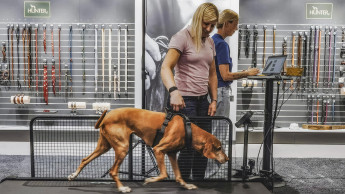
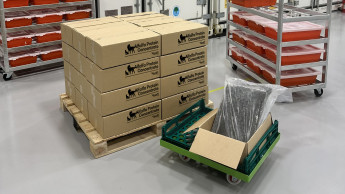







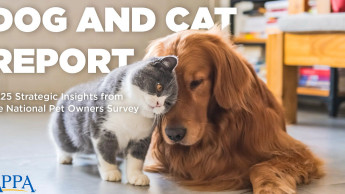
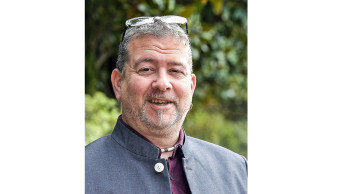
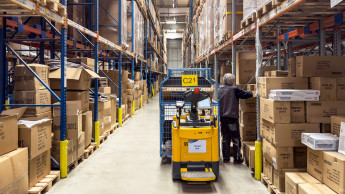
 Newsletter
Newsletter